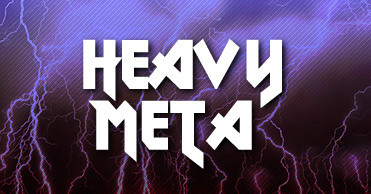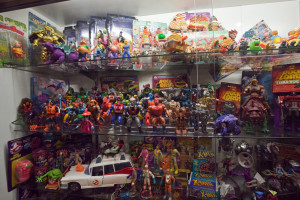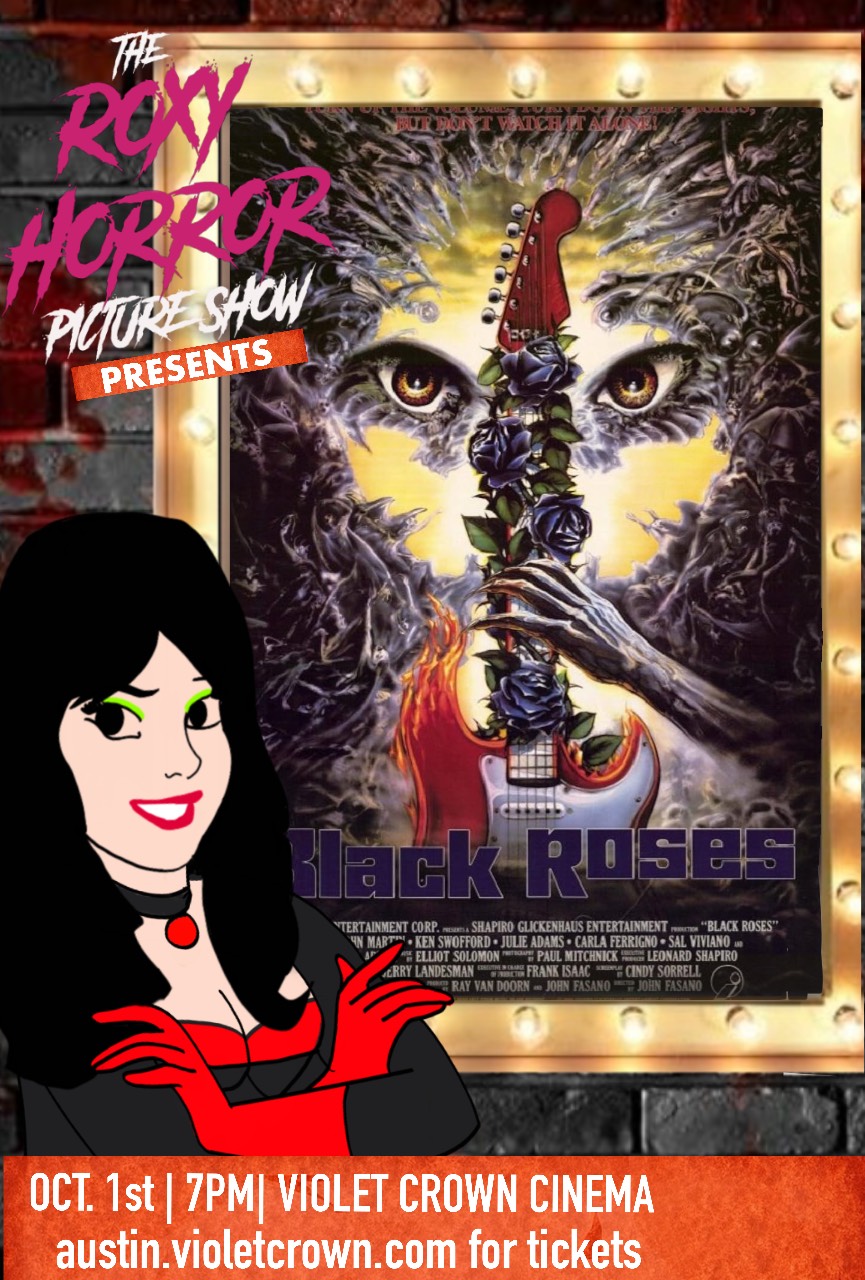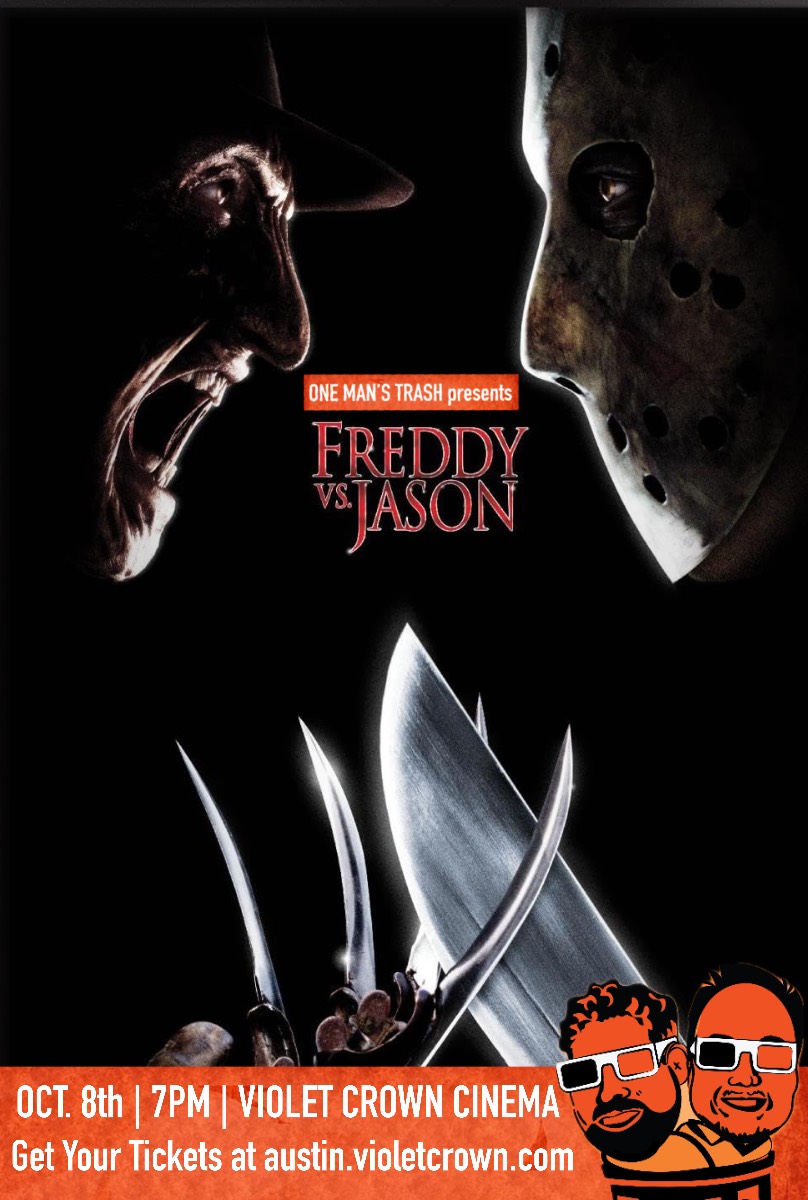For a while I’ve been thinking: what would it take for animation to finally be considered on the same level of maturity as live-action fiction (at least in the Western world)? You might think that this is already the state of affairs, with many shows like Family Guy, Rick and Morty, or Bob’s Burgers existing that are made for a decidedly older audience.
However, one big fact stands out to me: we have yet to have a single dramatic animated feature or series created by an American studio solely with an older (let’s say starting at 18-25 year old) audience in mind. Any adult oriented, American-made cartoon is comedic. Every. Single. One. Some may have dramatic elements to them, but in order to find shows that are mainly serious, you usually have to take a trip to Japan and look at some anime.
That fact brings up an interesting question: Because of shows like Psycho-Pass, Attack on Titan and others, we’ve seen that serious animation is possible and marketable. So why the hesitation to change? A big is the decades (and in some cases, centuries) have played in shaping whether or not we view animation as primarily “for kids.”
Hiroshima: Or How I Learned to Stop Worrying and Love Cartoons
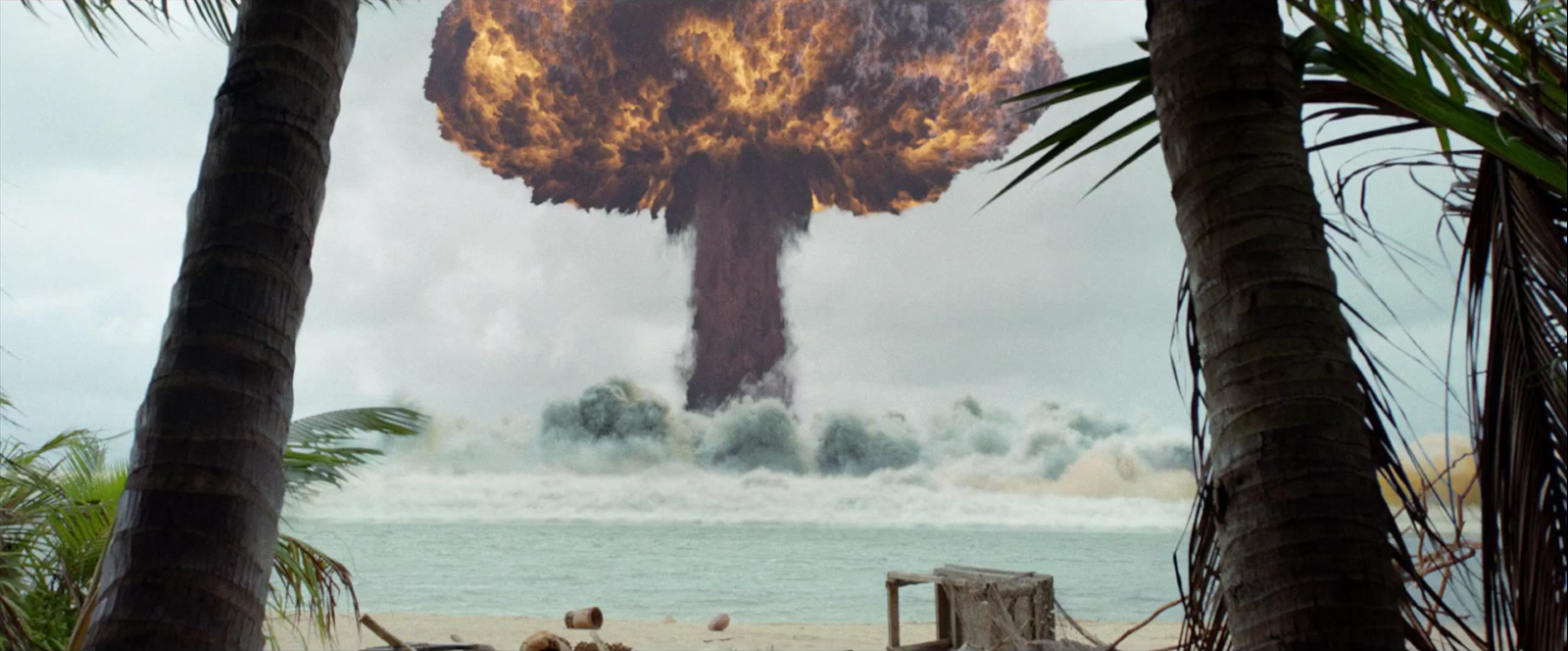
As morbid as it is, the usage of nuclear weapons on Japan at the tail end of WWII played a significant role in creating a culture that considers animation as worth the same artistic merit as anything else. To begin with, if you look at historical artifacts, countries with a more recently pictorial (picture-based) language like Japan, China, and Korea seem to have a bit of a bias towards visual storytelling. Many a scroll depicts myths and legends populated with great heroes, as well as monsters and demons of every size and description. More remarkably, unlike many other cultures, this method of passing down stories continued until relatively recently. Obviously, fantastic tales are not the sole property of the East, but when you look at Western countries, they seem to have diverged much earlier towards telling stories through the written word.
A big part of this has to do with the role of the Catholic Church, the controversy over appropriate methods of dissemination for Christian Gospel, and the fact that the printing press itself (a central figure in the controversy) was a European invention. The fact that the Bible (itself a series of stories in the written word) was one of the first works to be mass produced had a big influence on swaying Western culture to preferring this method of narrative building.
So even before 1945, the West and East had opposing dispositions, but when Little Boy and Fat Man were dropped on Hiroshima and Nagasaki respectively, the economic devastation that resulted only increased the size of this rift. For a long time, the scarcity of economic resources meant that areas with the wealth to make, for example, live-action films, were few and far between. Shadow-puppets, puppet shows, and yes, animation, became comparatively low-cost (and therefore more popular) means of creating entertainment. The reliance on these thrifty forms of storytelling, together with the aforementioned tendency towards the visual resulted in a culture with a deep respect for the power of this particular art form which still exists today.
Contrast this with North America, where live-action cinema was the lead attraction since its invention in the late 1800’s. Sure, animation existed, but even then they were typically shorts that preceded or provided entertainment during intermission while moviegoers waited for the next film to start. From the beginning, the inadvertent result of this set-up (where cartoons were the opening act) created a sentiment that animation is somewhat “lesser than” live performance.
The aforementioned fixation on comedy is present here too, mostly because of the short nature of these features. Nowadays, you can find numerous examples of short animated that can truly touch our hearts:
I should mention at this point that your tears nourish me.
Anyways.
The fact is that jokes are simply more conducive to being compressed into a tiny time-frame than dramatic stories. It’s easier to tell a joke in 30 seconds than an affective story. As such, almost all of these shorts were comedies, including the first appearances by the legendary Looney Tunes. The West lacked the kind of world-shaking event that Japan had in 1945 to change this tradition, and so kept going on steady to this day.
What about the Great Depression? Fair enough. It was a fairly devastating event for a majority of the population, but unlike the WWII bombings, it lacked the kind of physical destruction to infrastructure that re-defined Japan’s relation to “lower” forms of entertainment. The damage of the Depression was largely the rampant unemployment in lower-to upper middle class jobs. In many ways, Hollywood as an institution benefited from the Depression, as more people spent the little money they had for a spot of escapism at the cinema.
So that’s at least a partial glimpse into what’s helped make the views on cartoons what they are today in the East and West respectively. As any good anthropologist will tell you, culture plays a huge role. However, in returning the original question of what it would take to change this, the momentum keeping the hegemonic train of “cartoons are for kids” rolling is more economic than anything.
It’s ALLLLLL About the Merchandising!
A sad fact for those of us adults with a continuing love for cartoons is that many of our favorites live and die on their potential for toy sales. Not just toys, either. Backpacks, lunchboxes, branded snack foods, etc. Consequently, the reason that cartoons are almost universally aimed at kids is the same reason why those same kids kick your ass at Call of Duty: they have a much larger cache of disposable time and income (ie. their parents’) to invest into both.
Sure, I have my Sonic Screwdriver and a few precious indulgences in geek merch, but I’d be lying if I said that the amount of money spent on nerd swag to-date amounts to even 10% of the cash my parents dumped on action figures for me between the ages of 8-15. As for the rest, well, the advantage of having a fully developed frontal lobe is the ability to realize that the inclusion of the Thor on your portable yogurt doesn’t actually make it any better.
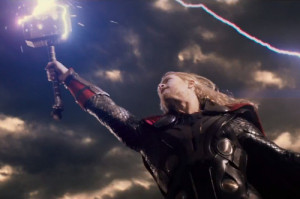
Though fortunate for your bank account, the unfortunate fact for adult cartoons is that because of our budgetary skepticism, we’re just not perceived as a comparatively fruitful audience. Even in movies like Avengers (or a growing number of horror flicks) where adults flock to theaters, pains are taken to keep them PG-13 so as to not screen out the younger patrons from siphoning wealth from their parents for movie tickets. The most arguably “mature” cartoons, for example, are by Pixar in their prime, and even then are best considered family films intended for all ages. The biggest barrier to finally getting a dramatic animated series, then, is the reluctance of the animation industry to willingly ignore the cash cow that is the easily marketed-to youth of America.
The answer to our initial question, then, is that if someone is to be willing to invest into the creation of serious cartoons for adults, it will likely have to be someone without decades of economic success with the current business model. Once you remove that reluctance to diverge from a successful formula, we’re much more likely to see change.
What the industry needs, in my estimation, is a wealth infusion from from an outside venture capitalist. Someone who is a fan of animation and animators, but who hasn’t worked within the industry long enough to be indoctrinated with the limitations of what animation can or can’t do. Someone who wouldn’t be reduced to financial ruin in the event that such an investment falls short of expectations (as I mentioned before, failure is more often than not a prerequisite for future successes). Having a corporation invest money anywhere is a risky proposition, as they will always have their shareholders and bottom line to think of. This needs someone who, while not necessarily unconcerned with profitability, has trust and faith in the ability of creators to make something that can emotionally affect adults in a way that can elevate animation to the level of prestige that TV and live cinema currently enjoy. Artistically indulgent billionaires are few and far-between, even moreso the ones who are unrepentant geeks, but if there’s anyone who could provide the kind of capital to create something that can make American audiences (and executives) wake up and go, “I never knew that it could be this“, it’s one of our own.
Maybe it’s just a fantasy to wish for a wealthy investor to appear out of nowhere to make our favorite fan property a reality. Maybe.
Maybe I’m just sick and tired of waiting for someone to make that Witch Doctor adaptation.
Vince Smith is a writer, podcast host, and dyed-in-the-wool geek of all trades. You can check out other articles and videos by him over at The Rogues’ Gallery, or drop by his Facebook Page, Vincent Smith: Writer, Scholar, Gentleman for other musings from the catacombs of the Internet.
1. And in many cases, the first one to be READ. Before this point, the majority of the population were illiterate labourers, so other than transmitting stories through word-of-mouth, this would be the first exposure of the mass to written stories in Europe. This is a HUGE deal and its effects can be seen.
-Written by Vincent Mendoza

